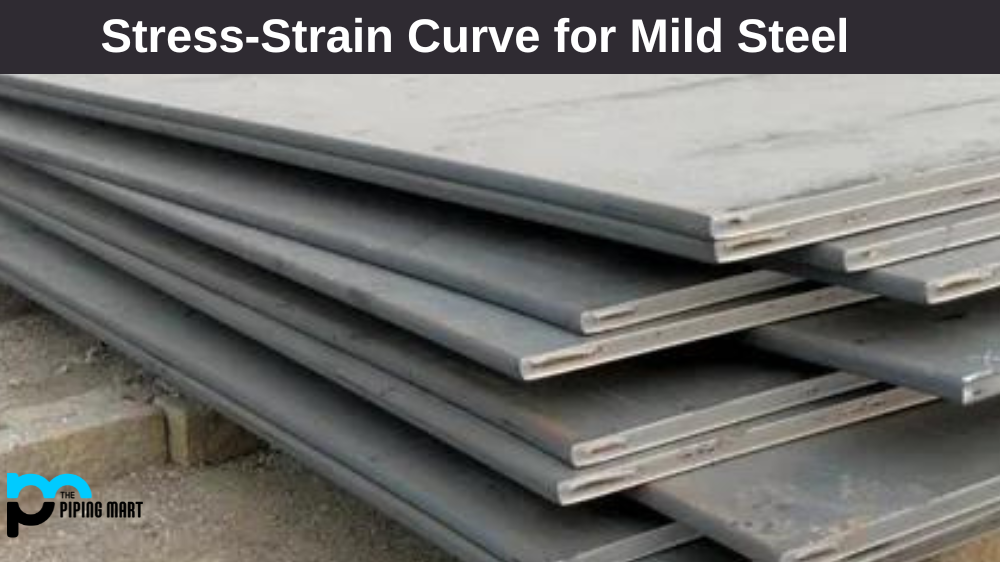Nickel plating is an excellent way of adding a protective layer to metal surfaces. It can also give metal objects an attractive, glossy finish. Nickel plating can be done at home using DIY methods, but it is important to understand the basics of electroplating before attempting this project. Using DIY plans, let’s look at the supplies and processes needed for successful nickel plating.
How to Nickel Plate Using DIY Methods
Supplies Needed
The main supplies you need for nickel plating are a power supply, an electrolyte solution, and nickel anode plates or wires. The power supply should be adjustable and capable of delivering a current of up to 10 amps. You will also need a container resistant to the electrolyte solution, such as plastic or glassware. Finally, you will need essential tools like wires and clamps to connect the power supply to the electrodes.
Process
Once you have all your supplies ready, you can start the electroplating process by preparing the electrolyte solution according to the instructions on the package. Ensure you use only clean water when mixing your electrolyte solution and wear protective clothing while handling it. Once your electrolyte solution is ready, connect one end of your power supply cord to a positive electrode (nickel anode plate or wire) and the other to a negative electrode (the object you want to plate). Then submerge both electrodes in the electrolyte solution and turn on the power supply. Adjust the current gradually so it doesn’t exceed ten amps. After about 20 minutes of current running through both electrodes, please turn off the power supply and remove them from the electrolyte solution. Rinse them with water and dry them with a soft cloth for the best results.
Alternatively, suppose you don’t have access to all these materials or don’t feel comfortable with this electroplating method. In that case, commercial solutions are available on the market that is very easy to use and require no special equipment or supplies.
Conclusion:
Nickel plating effectively adds a protective layer or attractive finish onto metal surfaces without spending too much time or money on professional processes. DIY methods are relatively simple once you understand how they work—all you need is some basic supplies like an adjustable power source, electrolyte solution, nickel anode plates/wire, wires/clamps, etc., plus some patience! Alternatively, if DIY isn’t for you, there are plenty of commercial solutions available which require no special equipment or expertise – perfect for those who want great results without any hassle! Regardless of which option you choose – successful nickel plating requires skillful execution so make sure that your research thoroughly before embarking on any project!

Pipingmart is a B2B portal that specializes in metal, industrial and piping items. Additionally, we share the latest information and information about materials, products and various types of grades to assist businesses that are involved in this business.




